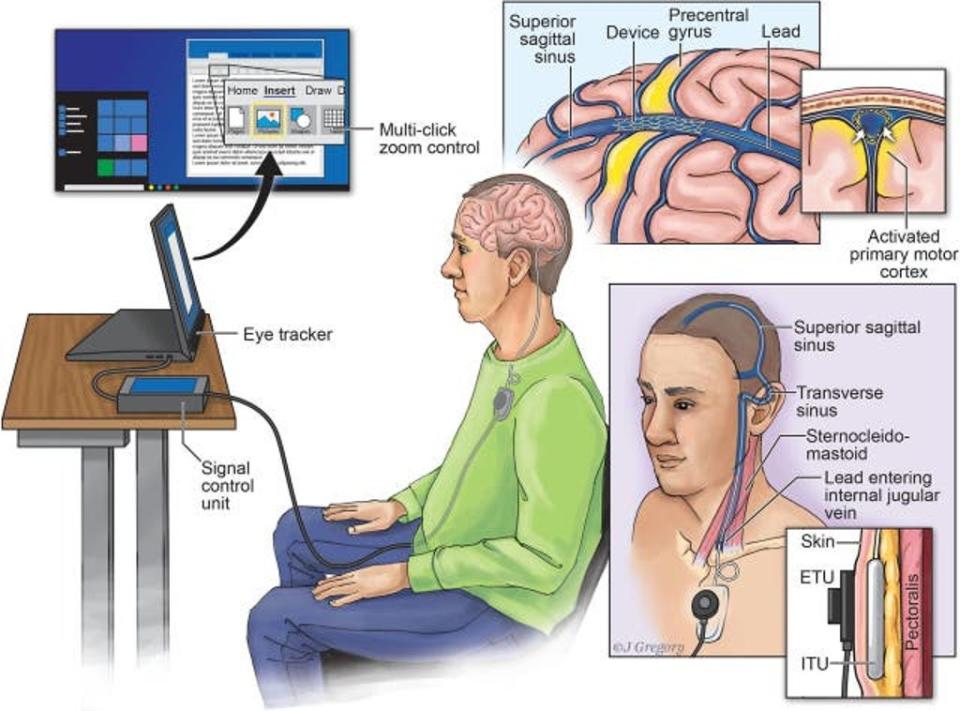Brain chip allows paralysed man to post first ever ‘direct-thought’ tweet

A paralysed man has made the first “direct-thought tweet” after having a computer chip implanted in his brain.
Philip O-Keefe, a 62-year-old Australian who suffers from amyotrophic lateral sclerosis (ALS), composed and posted the tweet using only his thoughts via a brain computer interface developed by neurotech startup Synchron.
“No need for keystrokes or voices. I created this tweet just by thinking it,” stated the tweet, which was posted to the account of Synchron CEO Thomas Oxley.
After sharing the initial tweet, Mr O’Keefe posted seven further tweets replying to questions from Twitter users.
“My hope is that I’m paving the way for people to tweet through thoughts,” the final one stated.
no need for keystrokes or voices. I created this tweet just by thinking it. #helloworldbci
— Thomas Oxley (@tomoxl) December 23, 2021
The Stentrode device was first implanted in April 2020 after Mr O’Keefe’s condition deteriorated to a point that he was unable to engage in work-related or other independent activities.
It was inserted through the jugular vein in order to avoid invasive brain surgery, and has since allowed him to reconnect with loved ones and colleagues via email, as well as play simple computer-based gamed like Solitaire.
“When I first heard about this technology, I knew how much independence it could give back to me,” Mr O’Keefe said after posting the tweet, according to a press release from Synchron.
“The system is astonishing, it’s like learning to ride a bike – it takes practice, but once you’re rolling, it becomes natural. Now, I just think about where on the computer I want to click, and I can email, bank, shop, and now message the world via Twitter.”

It reportedly took four hours after the device was implanted in order to be able to use it to input text on a computer, with the Twitter takeover on 23 December, 2021, used as an opportunity to promote the technology.
“These fun holiday tweets are actually an important moment for the field of implantable brain computer interfaces,” said Synchron boss Thomas Oxley.
“They highlight the connection, hope and freedom that BCIs give to people like Phil who have had so much of their functional independence taken away due to debilitating paralysis.”
The first in-human study of Synchron’s brain computer interface is set to take place in the US next year.
Synchron is one of several neurotech startups making major advancements in BCI technologies, with Elon Musk’s Neuralink also planning to begin human trials in 2022.
The billionaire entrepreneur has previously claimed that future Neuralink devices will be able to do everything from restoring full-body functionality to quadriplegics, to streaming music directly to the brain.
Trials have already taken place on pigs and monkeys, with a 1,024 electrode transmission device allowing a nine-year-old macaque monkey called Pager to play video games using only its mind.
Mr Musk says the ultimate aim of the technology is to allow humans to compete with advanced artificial intelligence

 Yahoo Finance
Yahoo Finance 